You are absolutely correct.
Colorful patterned glass has been a prevalent and essential element in Chinese-style architecture, particularly in traditional gardens like the Suzhou gardens and Hangzhou gardens. This glass, often referred to as "fencai" or "fencai liuli" in Chinese, plays a significant role in enhancing the artistic and aesthetic qualities of these architectural designs.
Here's a closer look at how
colorful patterned glass is used in Chinese-style architecture and how it contributes to the emphasis on artistic conception:
Ornate and Decorative:
Colorful patterned glass is known for its ornate and intricate designs. It is often used in windows, doors, and partitions to create a visual spectacle. These patterns can range from traditional Chinese motifs, such as peonies and lotus flowers, to intricate landscapes and scenes from Chinese literature.
Natural Light and Ambiance: These glasses allow natural light to filter through, creating a soft and ambient atmosphere within the architecture. The interplay of light and color contributes to a serene and picturesque setting, aligning with the tranquil and contemplative nature of Chinese gardens.
Reflection and Connection with Nature: The patterns and colors on the glass can reflect the surrounding environment, seamlessly connecting the interior spaces with the natural beauty of the gardens. This enhances the overall artistic conception, as it blurs the boundaries between architecture and nature.
Symbolism and Cultural Significance: Many of the patterns on the glass have deep cultural and symbolic meanings in Chinese tradition. For example, the lotus flower symbolizes purity and enlightenment, while other motifs may represent longevity, happiness, and prosperity. These symbols add layers of meaning to the architecture.
Harmony with the Landscape: Chinese-style architecture places a strong emphasis on blending with the natural surroundings. Colorful patterned glass serves as a bridge between the man-made and natural elements, creating a harmonious coexistence that is essential in traditional gardens.
Visual Delight and Artistic Expression: The use of colorful patterned glass is an art form in itself. Artisans and craftsmen create these intricate designs, showcasing their skill and creativity. This artistic expression enhances the overall aesthetic appeal of the architecture.
Cultural Preservation: Using fencai glass in traditional Chinese architecture helps preserve and carry forward the rich heritage and craftsmanship of Chinese culture. It pays homage to centuries of artistic tradition and craftsmanship.
In summary, colorful patterned glass in Chinese-style architecture, particularly in traditional gardens, embodies the essence of Chinese aesthetics and artistic conception. Its ornate patterns, symbolism, and the interplay of light and color contribute to a unique and immersive experience, enhancing the beauty and cultural significance of these architectural masterpieces. The use of fencai glass reflects the deep appreciation for art and nature that is at the core of Chinese architectural and garden design.
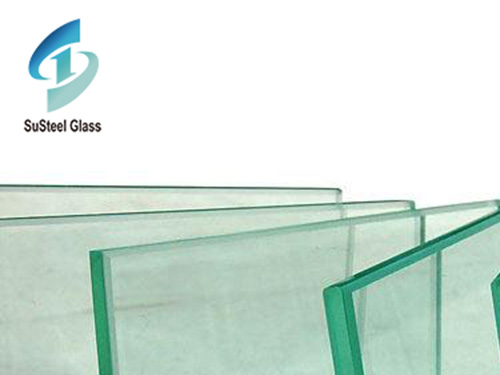


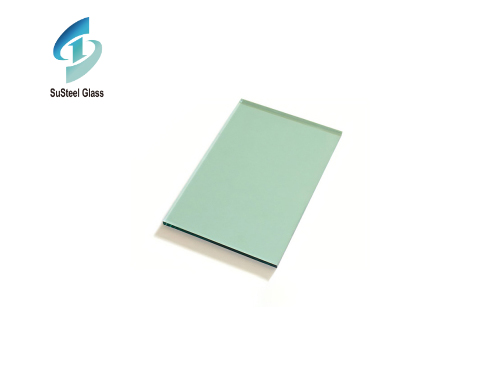 Exploring the World of Green Tinted Glass Products: Versatility and Sustainability
Exploring the World of Green Tinted Glass Products: Versatility and Sustainability
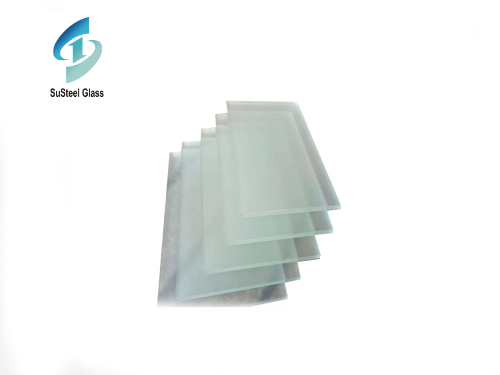 Exploring the Versatility and Elegance of Custom Thick Glass
Exploring the Versatility and Elegance of Custom Thick Glass
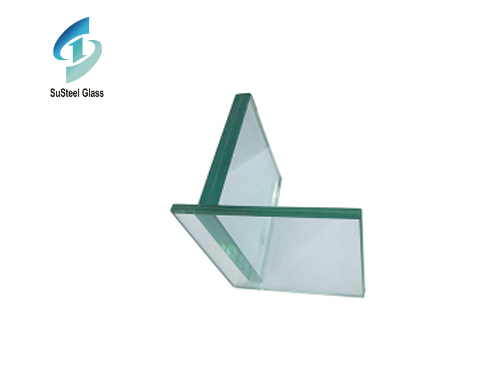 Unveiling the Strength and Versatility of Laminated Glass: Exploring Material Properties
Unveiling the Strength and Versatility of Laminated Glass: Exploring Material Properties
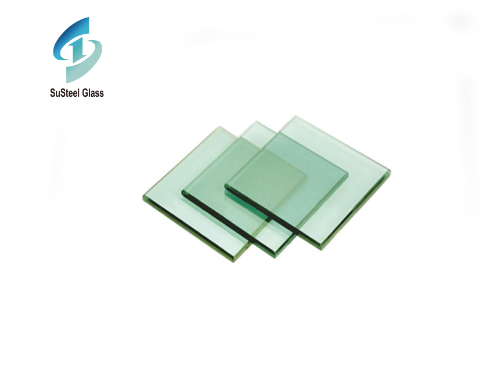 Enhancing Safety with Blast Resistant Glass: Innovations, Applications, and Protective Solutions
Enhancing Safety with Blast Resistant Glass: Innovations, Applications, and Protective Solutions

